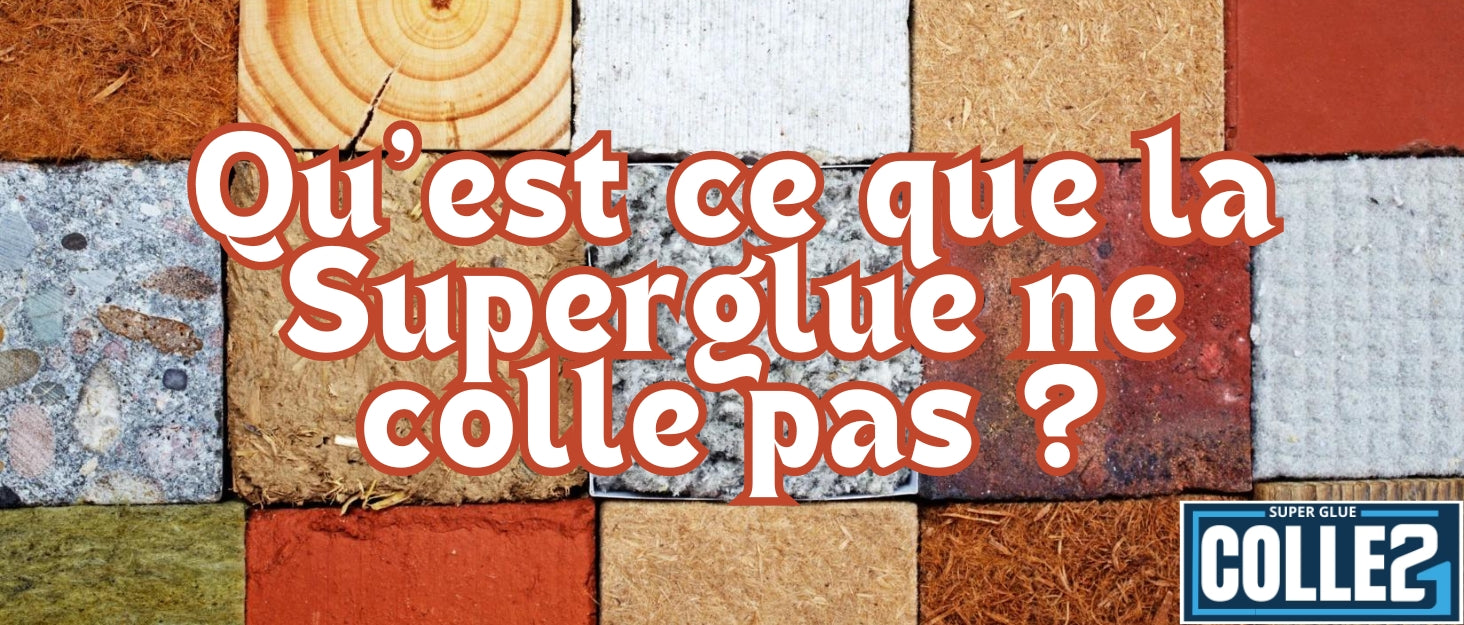The super glue, or cOlle Cyanoacrylate, is a powerful adhesive which works of course many materials, but there are certain materials that it does not glue Not effectively or for which it does not work at all.
Here are some examples:
-
Too smooth and non -porous surfaces :
- Polyethylene (PE) And Polypropylene (pp) : These are plastics often used in everyday objects such as bottles and packaging. The super glue cyanoacrylate Do not adhere to these plastics without a special primer.
-
Silicone and teflon :
- These materials are very resistant and have non -stick properties, so the Super glue cyanoacrylate cannot join it well.
-
Flexible rubber :
- Flexible rubber, such as the one used in seals or gloves, does not allow good adhesion of the Super glue cyanoacrylate, because it is too flexible and elastic.
-
Wet or wet surfaces :
- There Super glue cyanoacrylate needs a dry surface to adhere well. On damp surfaces, glue will not harden properly.
-
Textiles :
- Although the Super glue cyanoacrylate May work temporarily on certain fabrics, it is generally not effective for flexible and porous textiles, because it hardens and becomes brittle.
-
Too porous materials :
- Very porous materials, such as raw wood or certain types of stone, can absorb the Cyanoacrylate glue Before it can harden properly.

